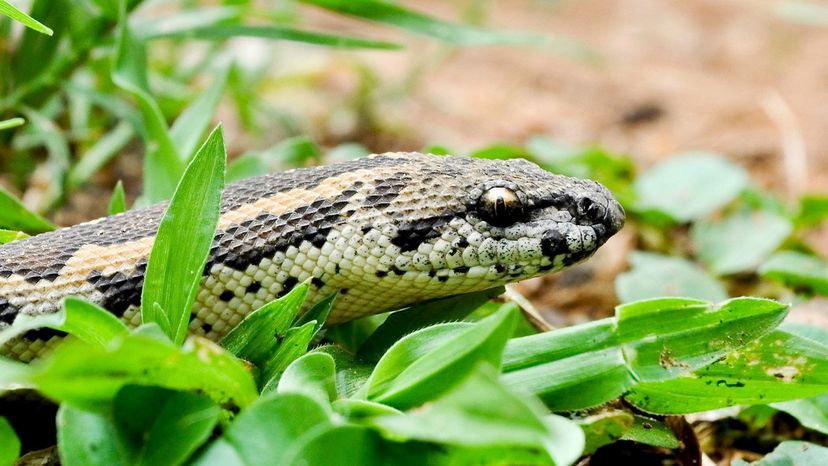
The Arabian sand boa has mastered the art of living beneath the sand. Found slithering (or, more accurately, burrowing) across the Arabian Peninsula, its ability to stay nearly invisible — with just its eyes peeking above the sand — makes it one of the sneakiest hunters in the desert.
Unlike most snakes, the Arabian sand boa doesn’t rely on speed or venom to catch its prey.
Advertisement
Instead, it patiently waits, hidden under soft soil, until an unsuspecting small creature wanders too close. With a quick sideways flick, the sand boa strikes, securing a meal before disappearing once again beneath the dunes.